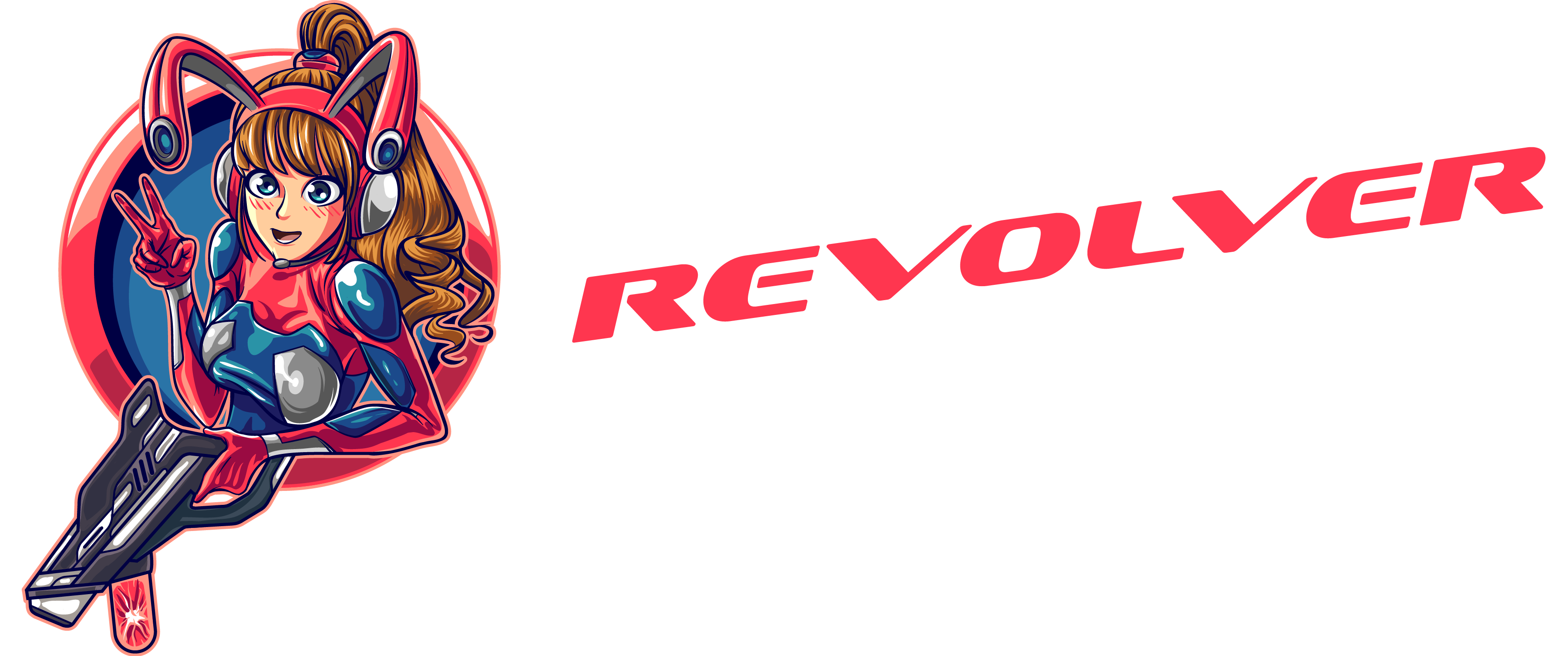In the wild ride of today’s economic landscape, navigating the twists and turns of business foundations can feel like trying to tango on a rollercoaster. Yet, the crux of success lies in understanding how to adapt and thrive amidst change. Strap in. As we investigate into the essential building blocks of business and the ever-evolving market dynamics, you’ll discover that a proactive stance is your best ally in this thrilling try. So, let’s unravel the mysteries of modern business together, shall we?
Business Foundations: A Changing World

To grasp the essence of business foundations, one must first appreciate their significance. These are not mere buzzwords: they are the lifeblood of any organization, shaping its identity and guiding its operations.
The Role of Core Values in Modern Business
Core values play a pivotal role in steering businesses through uncharted waters. They serve as a compass, helping organizations align their practices with their mission. Companies like Patagonia exemplify this, integrating environmental stewardship into their core values. Such commitment not only attracts loyal customers but also fosters a competitive edge in the marketplace.
Also, in today’s world, transparency is invaluable. Businesses that openly communicate their values gain trust and credibility. Consumers, especially younger generations, prioritize brands that reflect their personal ethics, this trend is reshaping business strategies across industries.
Key Components of Business Foundations
What exactly constitutes the foundations of a business? At its heart, several key components come into play. These include a clear mission statement, robust operational plans, and strategic resource allocation.
- Mission Statement: A compelling mission statement articulates the organization’s purpose and vision, providing direction for both employees and stakeholders.
- Operational Plans: These serve as blueprints, detailing the procedures necessary to achieve goals.
- Resource Allocation: Smart resource management ensures that a business remains agile and responsive, especially in times of uncertainty.
Understanding and implementing these components lays the groundwork for a successful enterprise.
Adapting to Market Changes
Change is the only constant in business. Hence, organizations must learn to adapt to the ever-fluctuating market conditions to survive and thrive.
Technological Advances and Their Impact
Technology has revolutionized how businesses function. From automating mundane tasks to utilizing data analytics for decision-making, the advances in technology offer ample opportunities for growth. Consider how e-commerce has transformed traditional retail. As online shopping continues to rise, businesses that fail to adapt risk being left behind.
Besides, integrating cutting-edge technologies, like artificial intelligence, can optimize operations, enhancing customer experiences and boosting productivity. Savvy entrepreneurs are leveraging these innovations to gain a competitive advantage, altering their business models to embrace the digital age.
Shifts in Consumer Behavior
Equally important are the shifts in consumer behavior. Gone are the days when customers accepted standard offerings without question. Today, individuals seek personalized experiences and authenticity. As a result, businesses must pivot to meet these new expectations.
Understanding consumer sentiment is vital. Surveys, social media insights, and feedback loops enable companies to adapt their strategies accordingly, catering to evolving preferences. How a business responds to these changes often dictates its longevity.
Regulatory and Economic Influences
In the broader landscape of business operation, external factors such as regulations and economic influences play a crucial role. Navigating these waters can often feel like a complex dance.
Globalization and Its Effects
Globalization has opened up markets like never before, providing companies access to diverse consumer bases. But, with this immense opportunity comes a slew of challenges. Organizations must now comply with varying regulations across countries, manage cross-cultural teams, and respond to global market trends.
The ability to adapt to these factors often separates successful enterprises from those that struggle. Companies that embrace international expansion while being mindful of cultural nuances can thrive in this interconnected business environment.
Sustainability in Business Practices
Also, sustainability has emerged as a central theme in modern business practices. Organizations are increasingly held accountable for their environmental impact. Customers are demanding responsible practices, leading companies to adopt sustainable strategies that go beyond compliance, think of initiatives that reduce waste or promote ethical sourcing.
Integrating sustainability not only fulfills ethical obligations but also enhances brand reputation, attracting eco-conscious consumers. As sustainability becomes a priority, businesses must reassess their foundations to ensure they align with these evolving expectations.
Strategies for Building Resilience
Eventually, establishing a resilient business framework is vital in a changing world. Resilience is not just about bouncing back from setbacks: it’s about anticipating these challenges and preparing for them.
Innovation and Adaptation Practices
One effective strategy involves fostering a culture of innovation. Encouraging creativity and experimentation among employees can lead to groundbreaking solutions. A prime example is Google, with its ‘20% time’ policy that allows individuals to dedicate a portion of their workweek to passion projects. This approach fosters innovation while keeping teams engaged and motivated.
Plus, businesses must remain vigilant in monitoring industry trends. This proactive approach enables rapid adaptation, ensuring that organizations stay relevant in a saturated market.
Developing a Responsive Business Model
Creating a responsive business model is crucial. Agile methodologies, often seen in tech startups, allow companies to pivot quickly in response to market changes. By breaking projects into smaller, manageable components and continuously testing solutions, organizations can respond swiftly to consumer feedback and market demands.
Incorporating flexibility in the business model not only enhances resilience but also improves overall efficiency, allowing organizations to thrive in uncertain environments.

